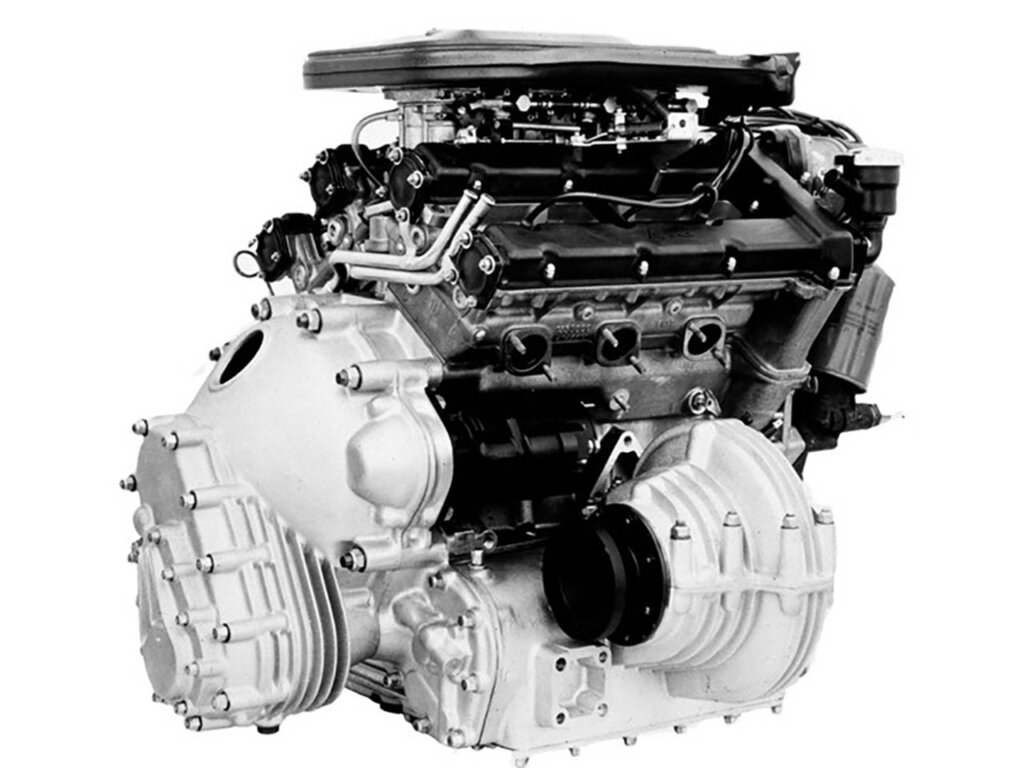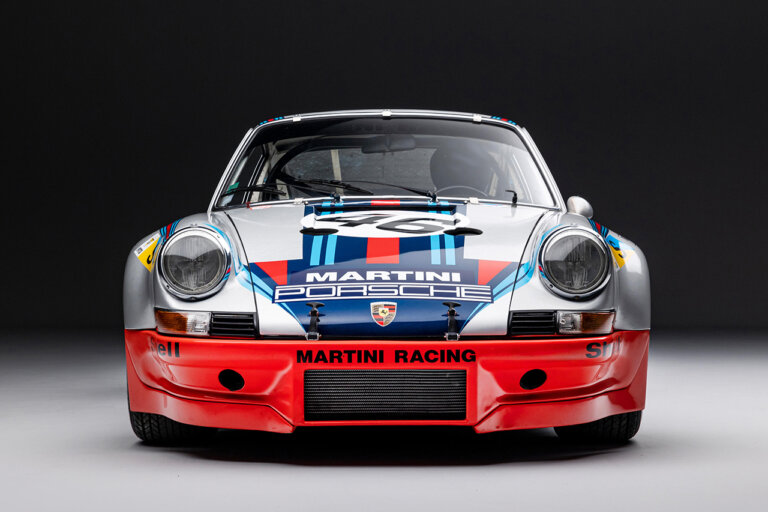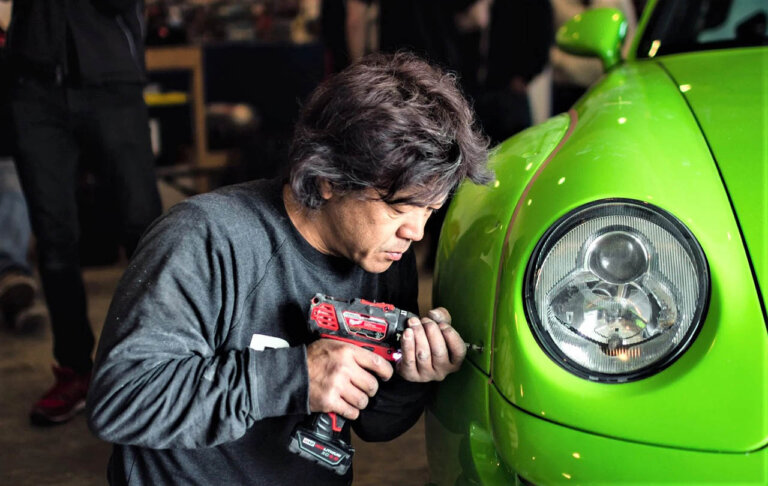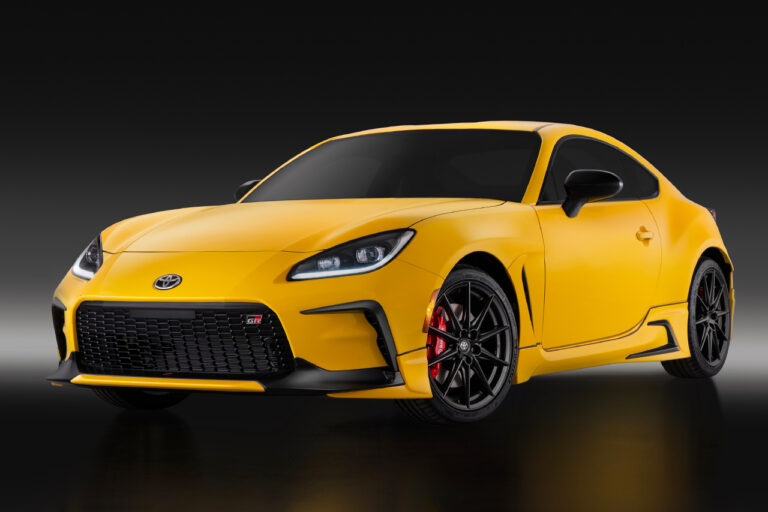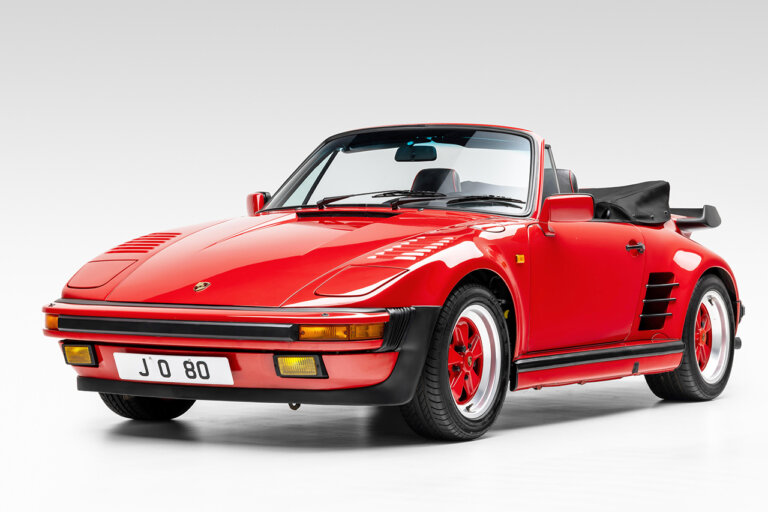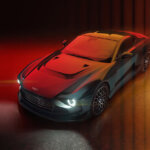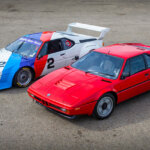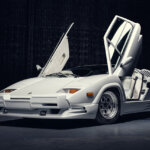
Source: Ferrari Media Centre
Ferrari, one of automotive’s most iconic and luxurious brands, has a storied history that spans for nearly eight decades. Founded in 1939 by the visionary Enzo Ferrari, the company first focused on producing racing cars and quickly soon established itself as a dominant force in the world of motorsports. Over the years, Ferrari has evolved from a racing team to a revered manufacturer of high-performance sports and supercars, captivating car fanatics and collectors worldwide. With a commitment to innovation, craftsmanship, and a relentless pursuit of speed, the company has not only established themselves as a successful car manufacturer but has also become a symbol of passion, prestige, and performance that continues to resonate with enthusiasts and aficionados around the globe.
Early Beginnings
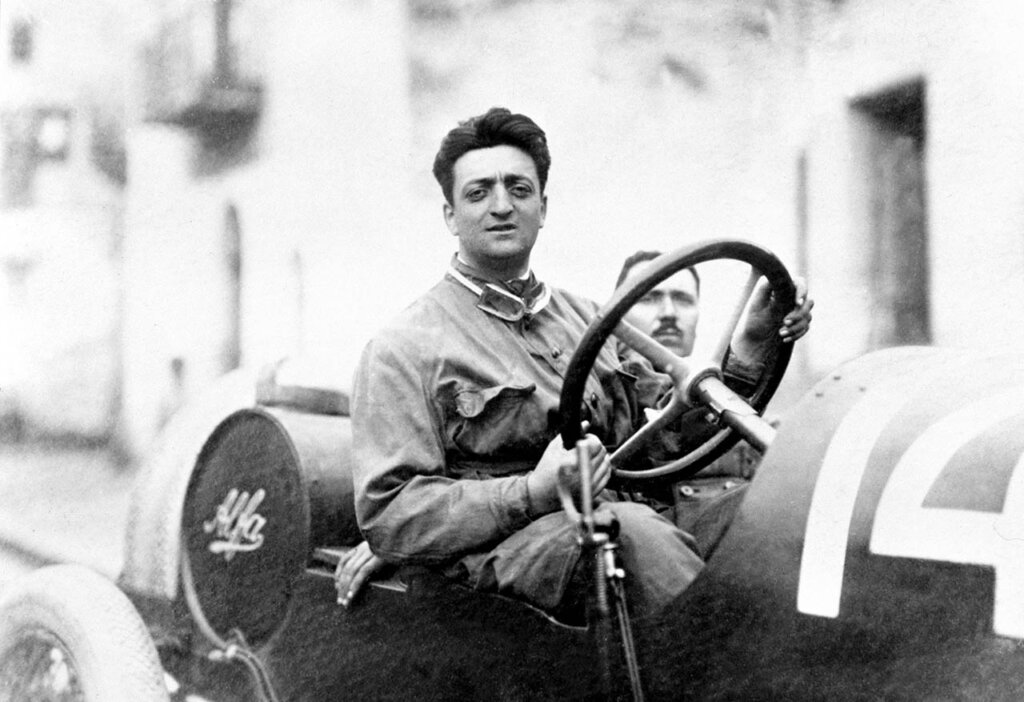
Source: Ferrari Media Centre
Ferrari’s roots began when Enzo Ferrari, former salesman and racing driver for Alfa Romeo, founded his own racing team called Scuderia Ferrari. Initially established to cater to gentleman drivers and amateur racers, the company’s destiny took an unexpected turn when Alfa Romeo withdrew from racing in 1933. Using his connections within the company, Enzo Ferrari transformed Scuderia Ferrari into an unofficial racing representative for Alfa Romeo. During this period, Alfa Romeo supplied racing cars to Ferrari, and the team quickly assembled a roster of exceptional drivers, achieving numerous victories in the 1930s before its dissolution in 1937.
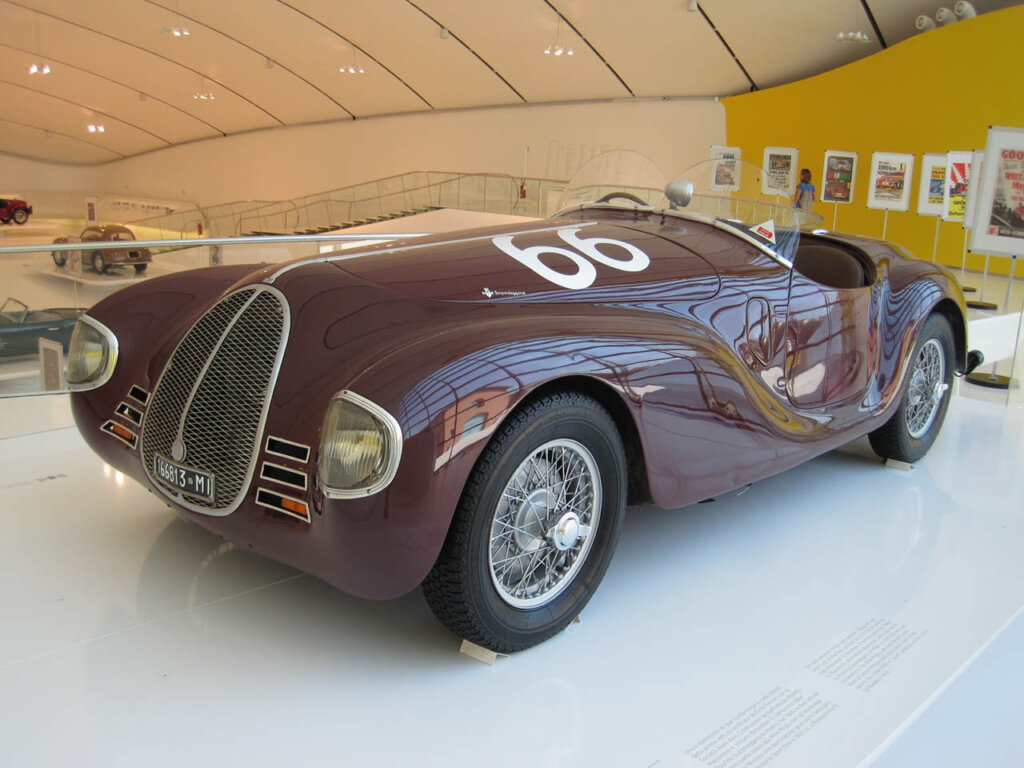
Source: Arnaud 25 via Wikimedia Commons
Scuderia Ferrari was dissolved and merged back into Alfa Romeo. However, Enzo Ferrari’s disagreements with the company’s upper management led him to depart in 1939. With the settlement from this separation, he went on to establish his own automobile company. He named it “Auto Avio Costruzioni” and set up its headquarters in the former Scuderia Ferrari facilities. The company’s early endeavors resulted in the creation of the Auto Avio Costruzioni 815, a single car that participated in just one race before the outbreak of World War II. During the war, Enzo Ferrari’s company shifted its focus to producing aircraft engines and machine tools for the Italian military, securing lucrative contracts that provided substantial capital. In 1943, to escape the threat of Allied bombing raids, the company relocated its factory to Maranello. Despite facing two bombings in the new facility, Ferrari remains headquartered in Maranello to this day.
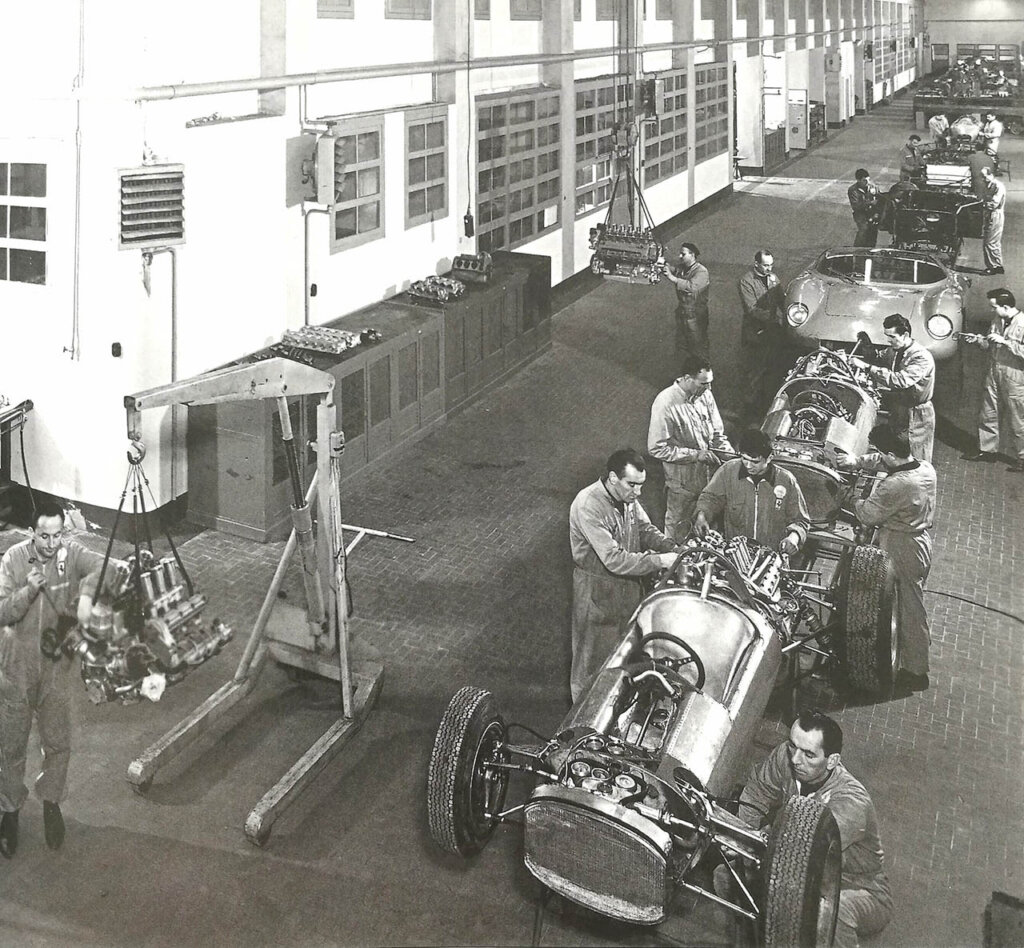
Source: Wikimedia Commons
The Rise of Ferrari
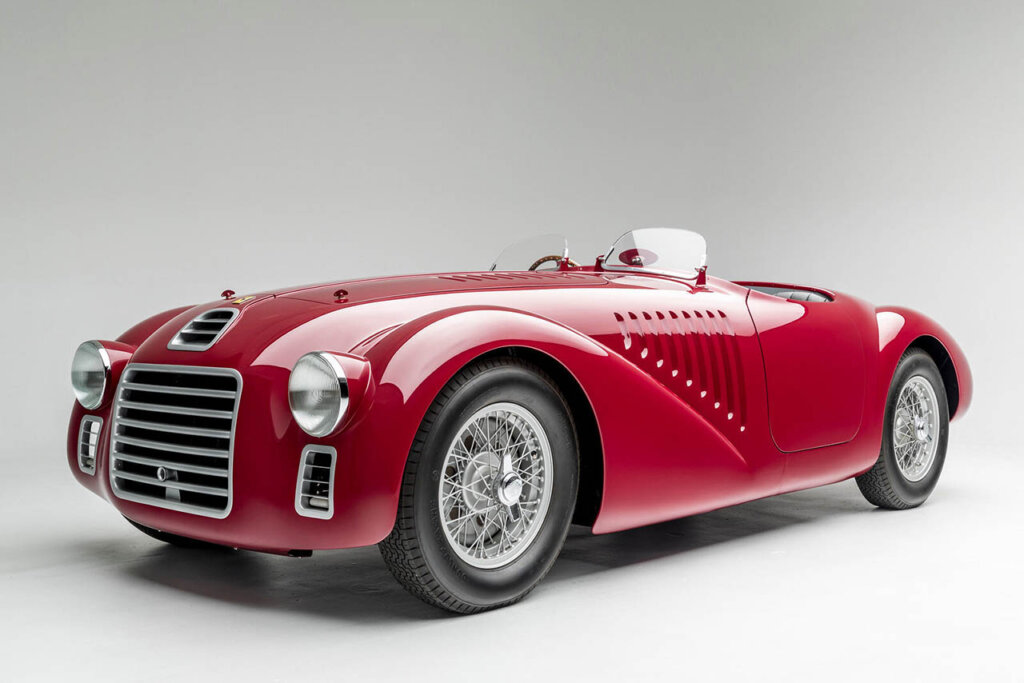
Source: Petersen Automotive Museum
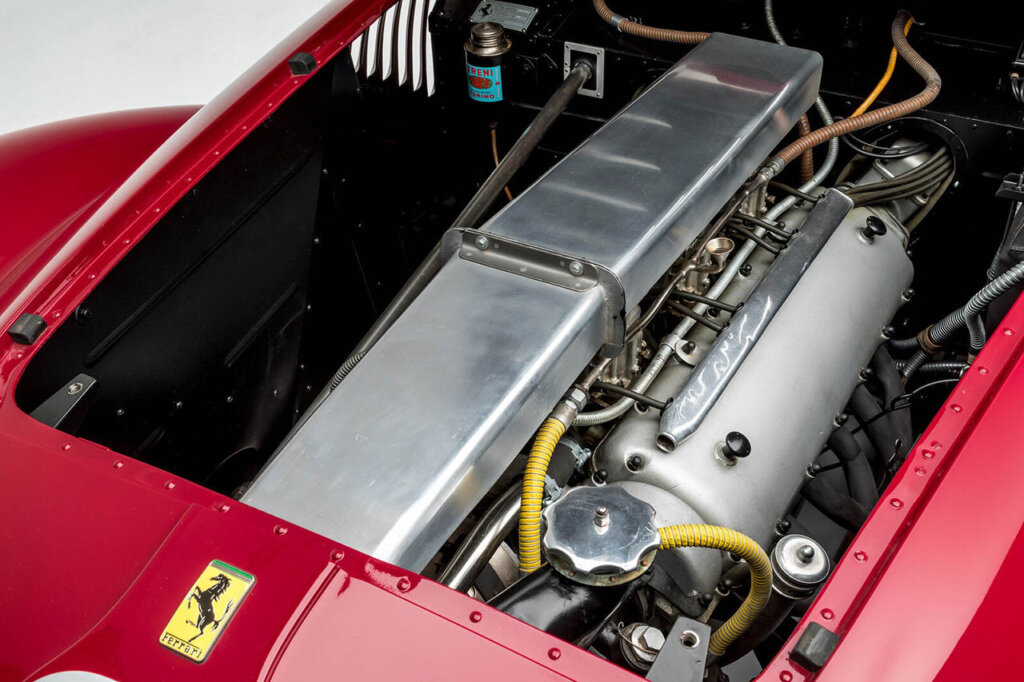
Source: Petersen Automotive Museum
By the end of the war, Ferrari was finally able to adopt its current name and soon propelled itself into a new automotive era with its groundbreaking V12 engine. This monumental change allowed Ferrari to develop their first car, the 125 S. Ferrari’s 125 S secured numerous victories in multiple races, setting the stage for a string of triumphs, including impressive wins at the 1949 24 Hours of Le Mans and the 1951 Carrera Panamericana. These early accomplishments firmly established Ferrari’s reputation as a purveyor of top-quality automobiles, both on the track and the road. Ferrari continued to dominate the racing circuit while simultaneously captivating the international elite with its road cars. The company introduced several interconnected car families, such as the America, Monza, and 250 series. A significant milestone in this period was the launch of the 250 GT Coupé in 1958, marking Ferrari’s first venture into series production.
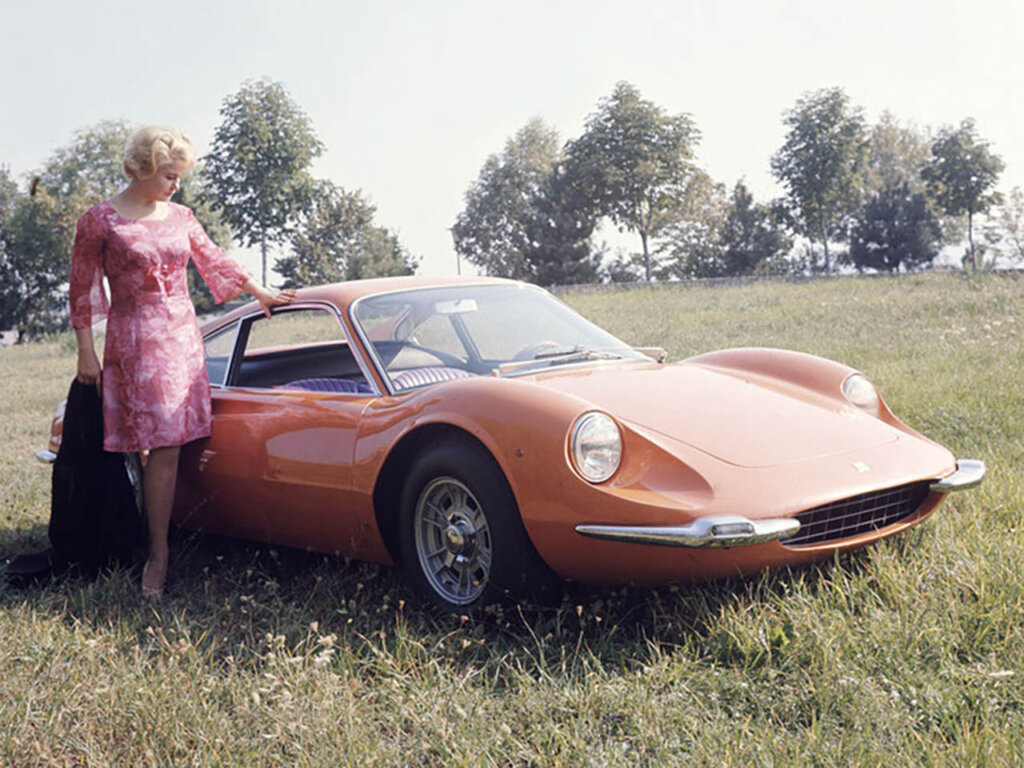
By the early and late 60s, the company underwent a significant transformation, transitioning into a publicly traded company. Seeking a reliable partner to oversee its manufacturing operations, Ferrari initiated talks with various potential collaborators. An early attempt with Ford in 1963 ended without an agreement, but negotiations with Fiat proved to be more fruitful. By 1969, Fiat had acquired 50% of Ferrari’s shares, forging a partnership that would shape the company’s future. The company also began to challenge its own traditional design paradigms with the introduction of two groundbreaking models. The 1967 Dino 206 GT marked Ferrari’s foray into mass-produced mid-engined road cars, a departure from the conventional front-engine layout that had been a hallmark of the company’s road-going vehicles. In 1968, the 365 GTB/4 was unveiled, featuring a sleek, streamlined design language that modernized Ferrari’s aesthetics. The Dino, in particular, marked a pivotal shift in Ferrari’s engineering approach, foreshadowing the company’s full embrace of mid-engine architecture, as well as the utilization of V6 and V8 engines in the subsequent decades, during the 1970s and 1980s.
